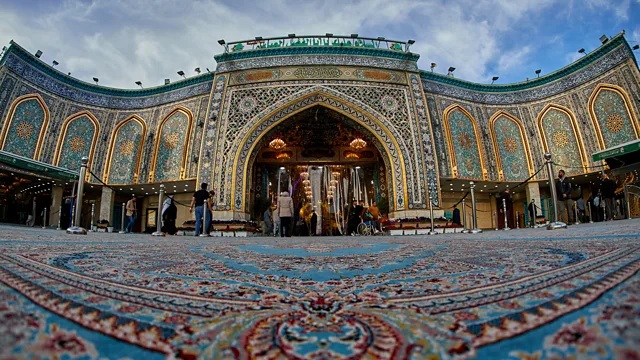Stuart Butler Travellers to what was once was the spiritual centre of the world can learn about the region’s long and storied history – as well as see the biggest annual pilgrimage on Earth. Founded 7,000 years ago, Iraq’s archaeological site of was once the heart of one of the . Today, visitors to these weather-beaten ruins about 200km south of Baghdad are rare.
But that wasn’t always the case. Once, so long ago that time itself had only just been conceived, Nippur was the spiritual centre of the world. Pilgrims came to this holy Mesopotamian city from far and wide, and Sumerian kings were blessed here by one of the world’s original gods.

The ancient Sumerians, who lived in what is now central Iraq, . It was the Sumerians who and . They refined the wheel and developed , and even .
And it was also the Sumerians who were one of the first to conjure up the idea of organised religion and pilgrimage. Eventually though, the Sumer civilisation faded away and was replaced with other civilisations led by people who prayed to different gods. Over thousands of years, the land once known as Mesopotamia became Iraq, and Islam became the main religion.
But, although the gods have changed, modern Iraqis continue to place as much importance on pilgrimage as those first travellers to Nippur did. Today, just more than 100km west of the archaeological site of Nippur are the shrine cities of Najaf and Karbala, two of the world’s most important Shia Islamic pilgrimage sites. Visiting.
















